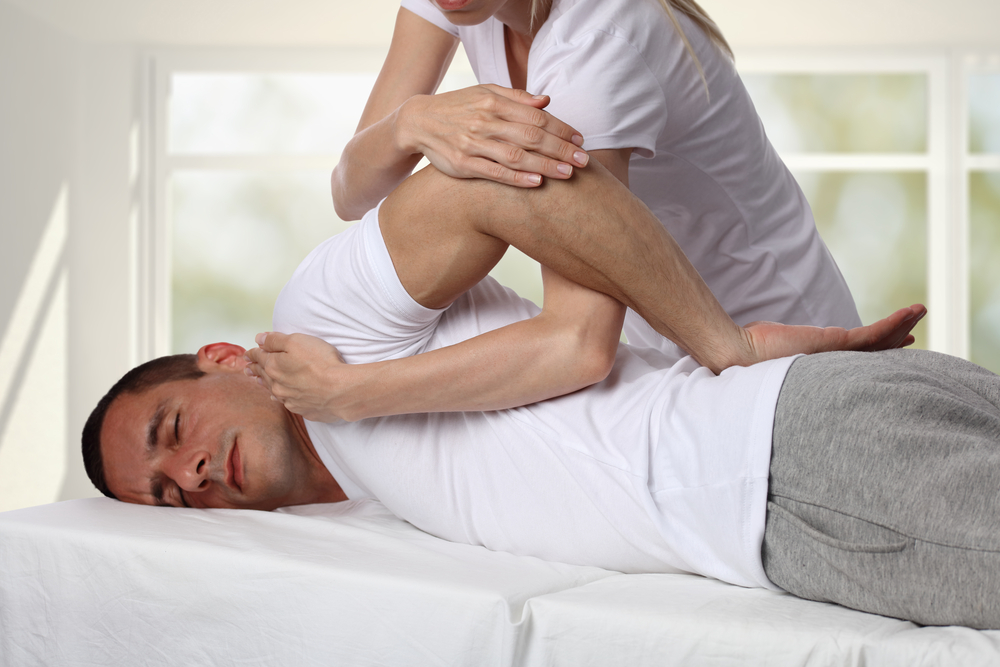The Art of Shiatsu

When it comes to healing, there have been countless techniques, remedies, treatments, therapies and more cropping up throughout history. Developing and applying new solutions to our human ailments is far from a modern endeavor. As a matter of fact, many techniques in practice today have ancient roots from across the globe. Without a doubt, Shiatsu massage is among the most celebrated and respected healing techniques dating back many hundreds of years.
In this post, we’ll discuss the art of Shiatsu massage, its history and origins, benefits and more.
What Is Shiatsu?
Shiatsu-anma literally translates to “finger pressure massage.” It’s an ancient form of bodywork stemming from Chinese Medicine. Additionally, it’s based on the philosophy that health and vitality comes not just from living harmoniously with nature, but from balancing the body, mind and spirit. According to these Eastern philosophies, these three components are a microcosm of the world in which we live.
Shiatsu employs meridian massage (restoring a body’s natural functions after injury), acupoints (specific points reflecting visceral conditions) and soft-tissue manipulation. These techniques affect the qi force of our bodies, (or our vital energy) to stimulate our natural ability to heal ourselves. Basically, with Shiatsu, experts say the masseuse works with the patient rather than against their injury or ailment.
Benefits of Shiatsu
Shiatsu is a completely non-invasive therapy that can help reduce stress and contribute to a general sense of wellbeing. Its most vocal proponents firmly believe it has both preventative and remedial uses.
Shiatsu can be enormously beneficial in treating a wide range of emotional, internal and musculoskeletal conditions. Many claim that it reduces muscle stiffness and shoulder pain, stimulates skin, promotes cardiovascular and digestive health, and has a positive impact on the nervous system.
Many patients find that Shiatsu provides effective treatment for a wide range of chronic conditions. These include headaches, PMS, concussions, digestive issues, insomnia, fibromyalgia, anxiety, muscle and back pain and fatigue.
What Does It Feel Like?
During a Shiatsu session, therapists apply firm, deep pressure using their fingers, thumbs or palms continuously. Finger pads apply pressure, and points are usually held for between two and eight seconds.
In some cases, the pressure points the therapist stimulates during Shiatsu might feel tender, but not quite painful. In fact, many often describe this particular tenderness as a “rewarding pain.”
If you feel any significant discomfort or pain throughout, you should ask your therapist to calibrate the massage. This way, they can adjust the pressure in order to make the massage more comfortable for you.
Usually, Shiatsu massages take place on a low massage table or on a floor mat. While the pressure sequence is very often similar to other massages, Shiatsu involves no massage oil. Usually, the client wears loose, comfortable clothing throughout the session.
Conclusion – Farmingdale Physical Therapy West
At Farmingdale Physical Therapy West, we strongly encourage our patients to discover and embrace the treatments that are best for them. Many people suffering from acute/chronic injuries or illnesses find Shiatsu to be an enormously effective treatment. Should you find yourself curious about Shiatsu, look for a practitioner near you.

